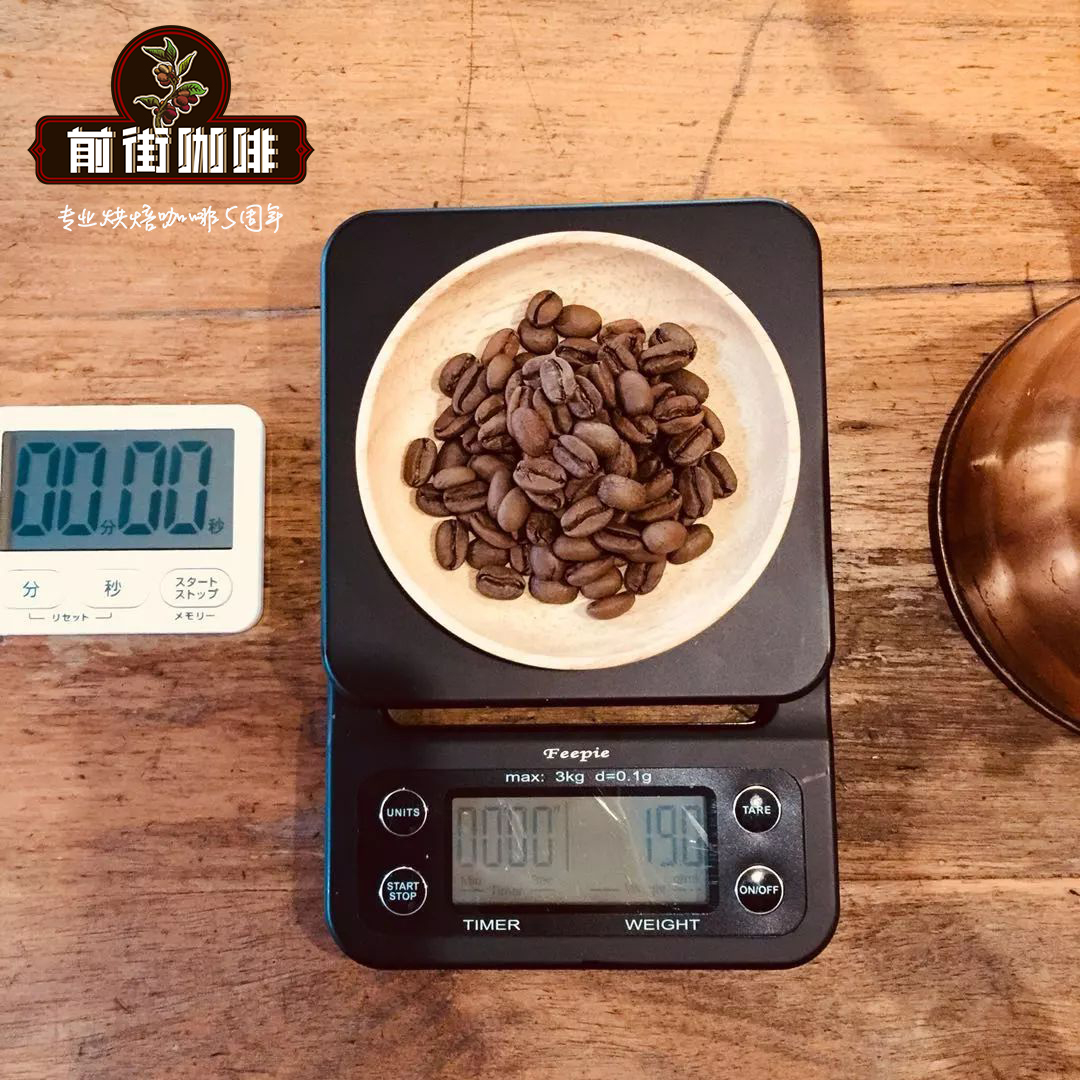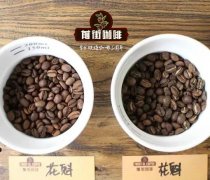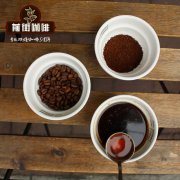The effect of roasted Coffee on the Flavor of Coffee beans how to judge the burst point of roasted coffee

Professional coffee knowledge exchange more coffee bean information please follow the coffee workshop (Wechat official account cafe_style)
First of all, before baking, you need to know what various baking degrees will produce or emphasize. Flavor, such as "light baking" will highlight the aroma of flowers, fruit, etc., "medium baking" will have cream, nuts, etc., close to "medium-deep" will produce flavors such as chocolate, wood and spices, which can be used as a reference standard for flavor.
It is not unfamiliar to some professional terms, roasting coffee, such as "first explosion" and "second explosion". But what on earth is "explosion"? What is "second explosion"? What's the difference between the two?
Bean temperature: as the name implies, the current temperature of roasted coffee beans, the thermometer measures the temperature rise rate of coffee beans (Rate of Rise): referred to as ROR, the rising and falling temperature in minutes, and the moisture discharge affected by the adjustment of firepower, air volume and rotational speed (optional hygrometer): dewatering of beans after heating, air temperature: hot air temperature pressure difference discharged from the baking room: pressure difference between the baking room and the environment Temperature recovery point: after entering the bean, the curve obviously falls and then rises, that is, when the ROR value changes from negative to positive, an explosion: coffee beans are heated to the state of the first burst, and the third sound can be used as the basis for the beginning of the burst: when the coffee beans enter the dense burst state, the end of the explosion: the burst state is coming to an end, leaving sporadic bursting sounds, which is due to the heat, which makes the beans produce a lot of gas and water vapor. When the internal pressure can not hold up, let the size of the beans expand, and then burst. The roasting coffee explosion occurs when the baking temperature is about 180 °C (different measuring points will vary greatly from model to model), and the sound is so loud that it sounds a bit like popcorn.
Second explosion: coffee beans are heated to the state of the second burst
Important Notice :
前街咖啡 FrontStreet Coffee has moved to new addredd:
FrontStreet Coffee Address: 315,Donghua East Road,GuangZhou
Tel:020 38364473
- Prev

Roasting coffee precautions roasting coffee skills how to control the time temperature of beans
Professional coffee knowledge exchange more coffee bean information please follow the coffee workshop (Wechat official account cafe_style)
- Next

Kenya Coffee auction system Coffee has two main trading modes in Kenya
Kenyan auction system: most coffee beans are graded and then sold at the auction venue by the Kenya Coffee Agency. The system of public auction can be traced back to 1934, and the auction method adopts the agent system. There are 50 licensed agents in Kenya who send sample beans to their customers for cup testing, and customers can compete for their favorite coffee at the auction.
Related
- Beginners will see the "Coffee pull flower" guide!
- What is the difference between ice blog purified milk and ordinary milk coffee?
- Why is the Philippines the largest producer of crops in Liberia?
- For coffee extraction, should the fine powder be retained?
- How does extracted espresso fill pressed powder? How much strength does it take to press the powder?
- How to make jasmine cold extract coffee? Is the jasmine + latte good?
- Will this little toy really make the coffee taste better? How does Lily Drip affect coffee extraction?
- Will the action of slapping the filter cup also affect coffee extraction?
- What's the difference between powder-to-water ratio and powder-to-liquid ratio?
- What is the Ethiopian local species? What does it have to do with Heirloom native species?

